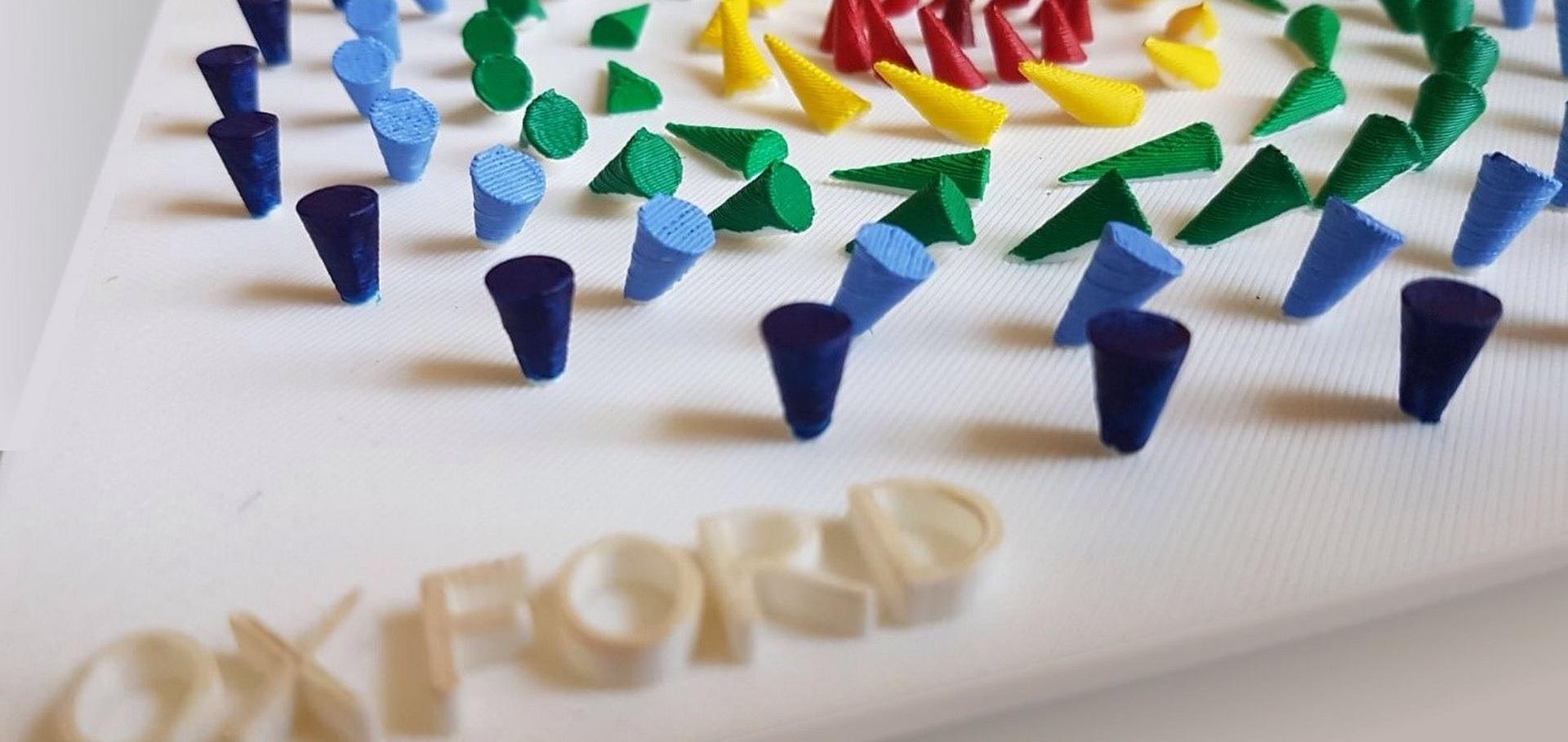The topological surface state of $\alpha$-Sn on InSb(001) as studied by photoemission
(2017)
Reciprocal space mapping of magnetic order in thick epitaxial MnSi films
(2017)
Probing the topological surface state in Bi₂Se₃ thin films using temperature-dependent terahertz spectroscopy
ACS Photonics American Chemical Society 4:11 (2017) 2711-2718
Abstract:
Strong spin-momentum coupling in topological insulators give rise to topological surface states, protected against disorder scattering by time reversal symmetry. The study of these exotic quantum states not only provides an opportunity to explore fundamental phenomenon in condensed matter physics such as the spin hall effect, but also lays the foundation for applications in quantum computing to spintronics. Conventional electrical measurements suffer from substantial bulk interference, making it difficult to clearly identify topological surface state from the bulk. We use terahertz time-domain spectroscopy to study the temperature-dependent optical behavior of a 23-quintuple-thick film of bismuth selenide (Bi2Se3) allowing the deconvolution of the surface state response from the bulk. The signatures of the topological surface state at low temperatures (< 30 K) with the optical conductance of Bi2Se3 exhibiting a metallic behavior are observed. Measurement of carrier dynamics, obtain an optical mobility, exceeding 2000 cm2/V•s at 4 K, indicative of a surface-dominated response. A scattering lifetime of ~0.18 ps and a carrier density of 6×1012 cm-2 at 4 K were obtained from the terahertz time-domain spectroscopy measurement. The terahertz conductance spectra reveal characteristic features at ~1.9 THz, attributed to the optical phonon mode, which becomes less prominent with falling temperature. The electrical transport measurements reveal weak antilocalization behavior in our Bi2Se3 sample, consistent with the presence of a topological surface state.Ultrahigh magnetic field spectroscopy reveals the band structure of the three-dimensional topological insulator Bi2Se3
PHYSICAL REVIEW B 96:12 (2017) ARTN 121111
Direct experimental determination of spiral spin structures via the dichroism extinction effect in resonant elastic soft X-ray scattering
Physical Review B American Physical Society 96:9 (2017) 094401


